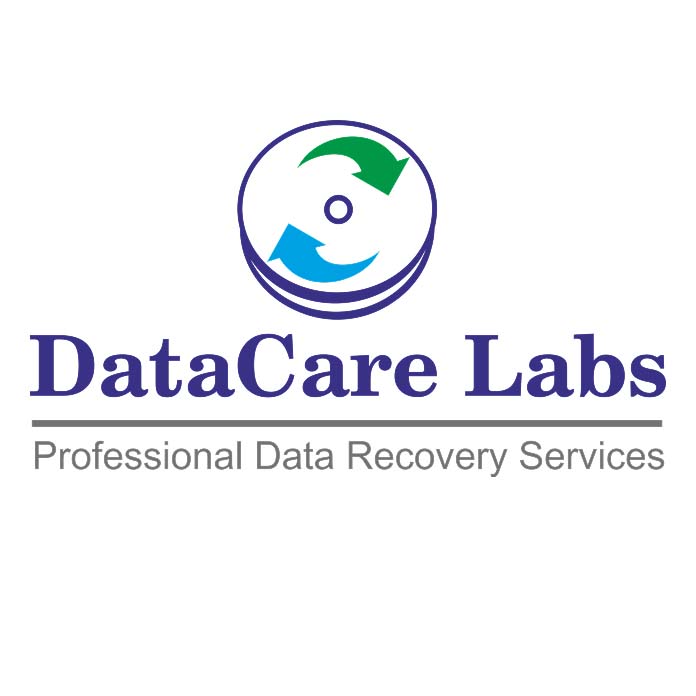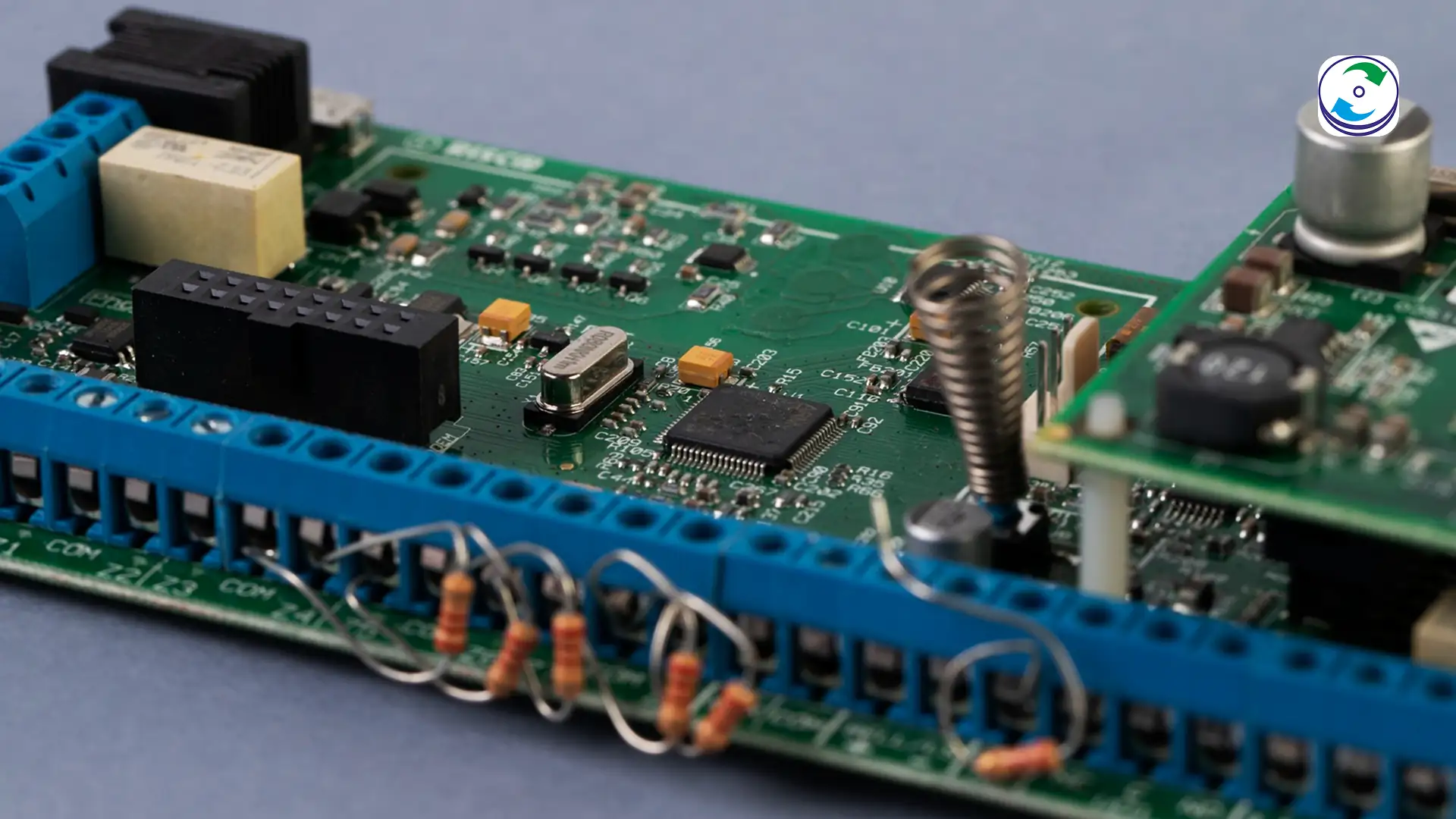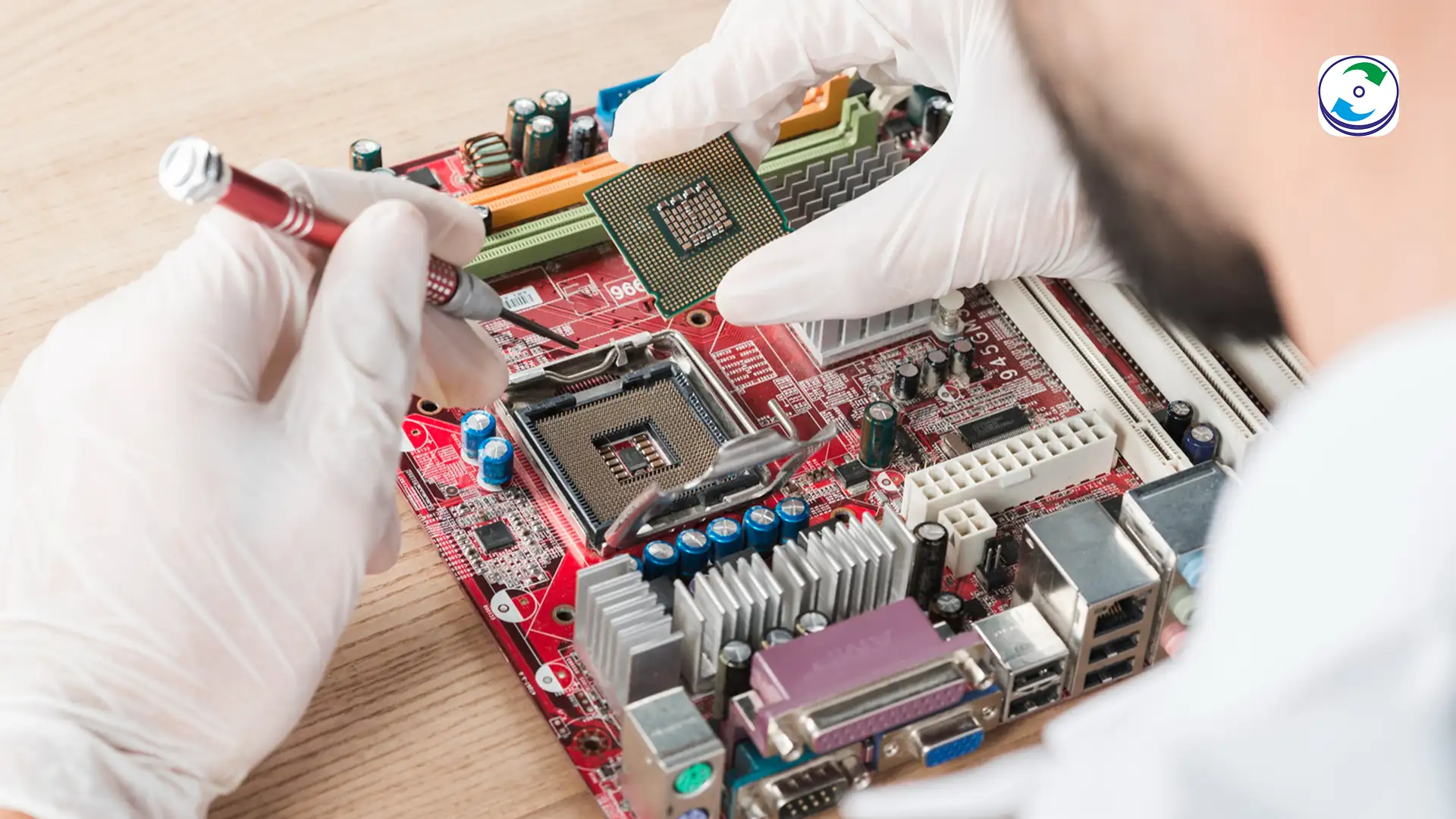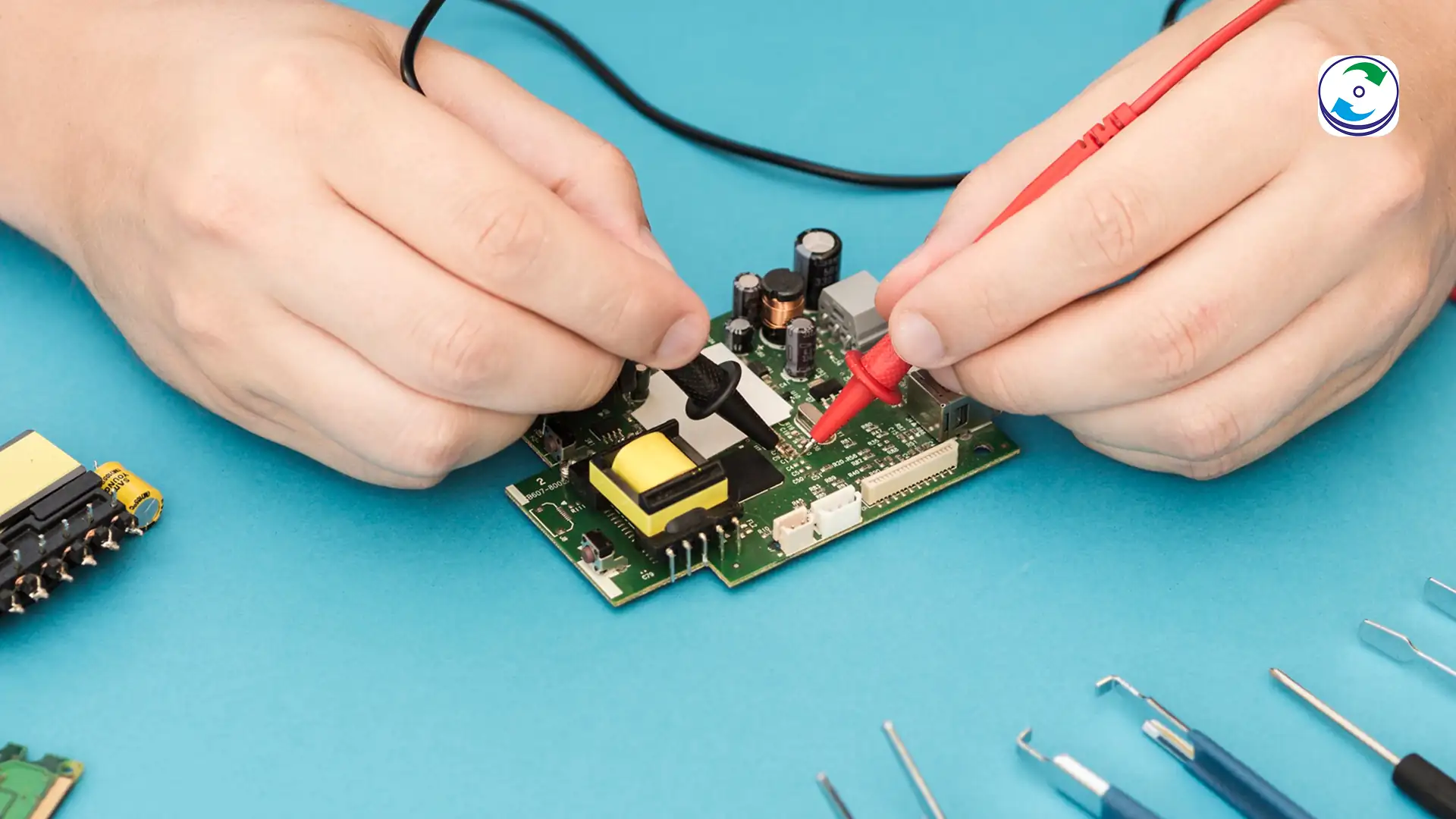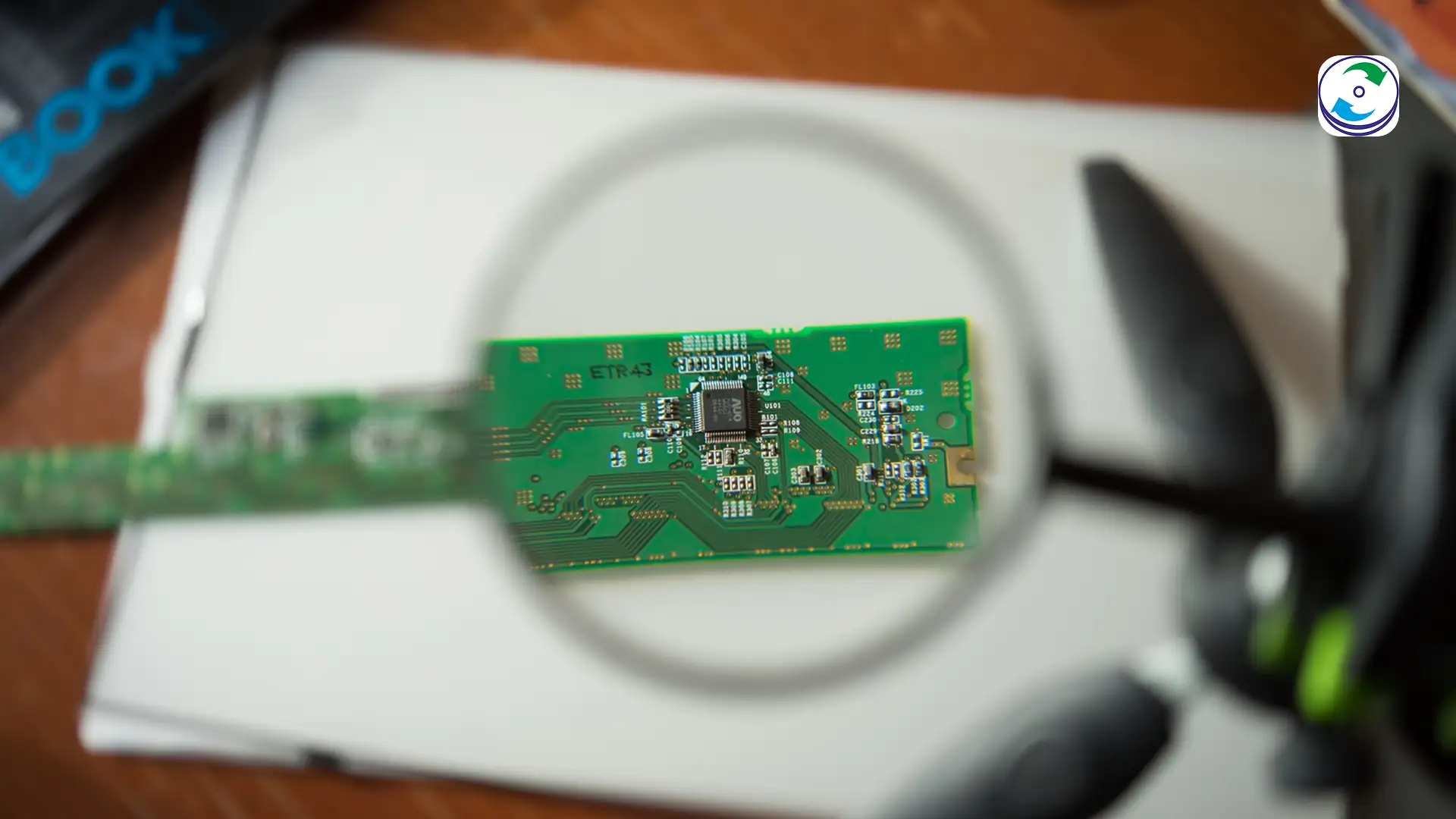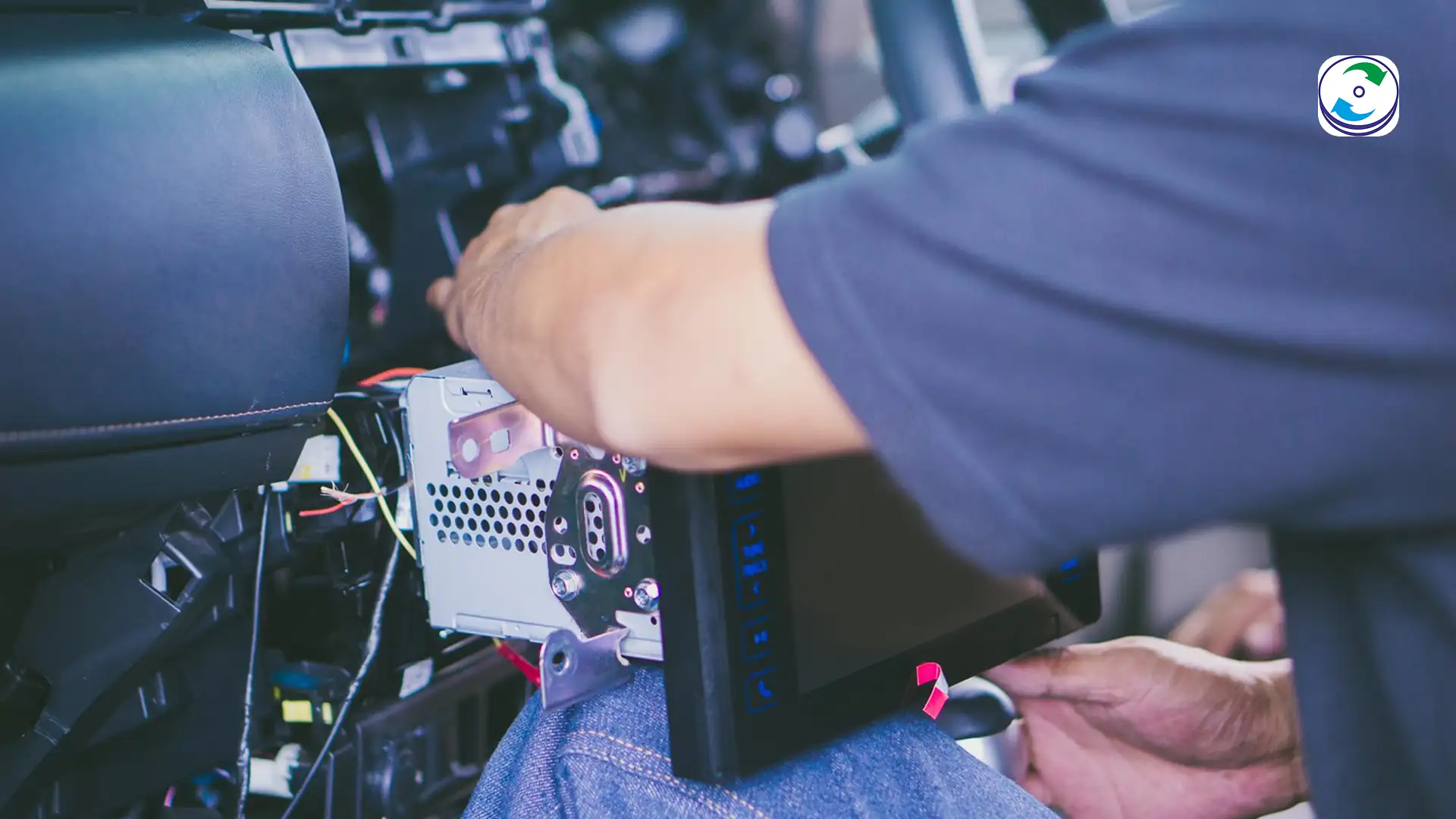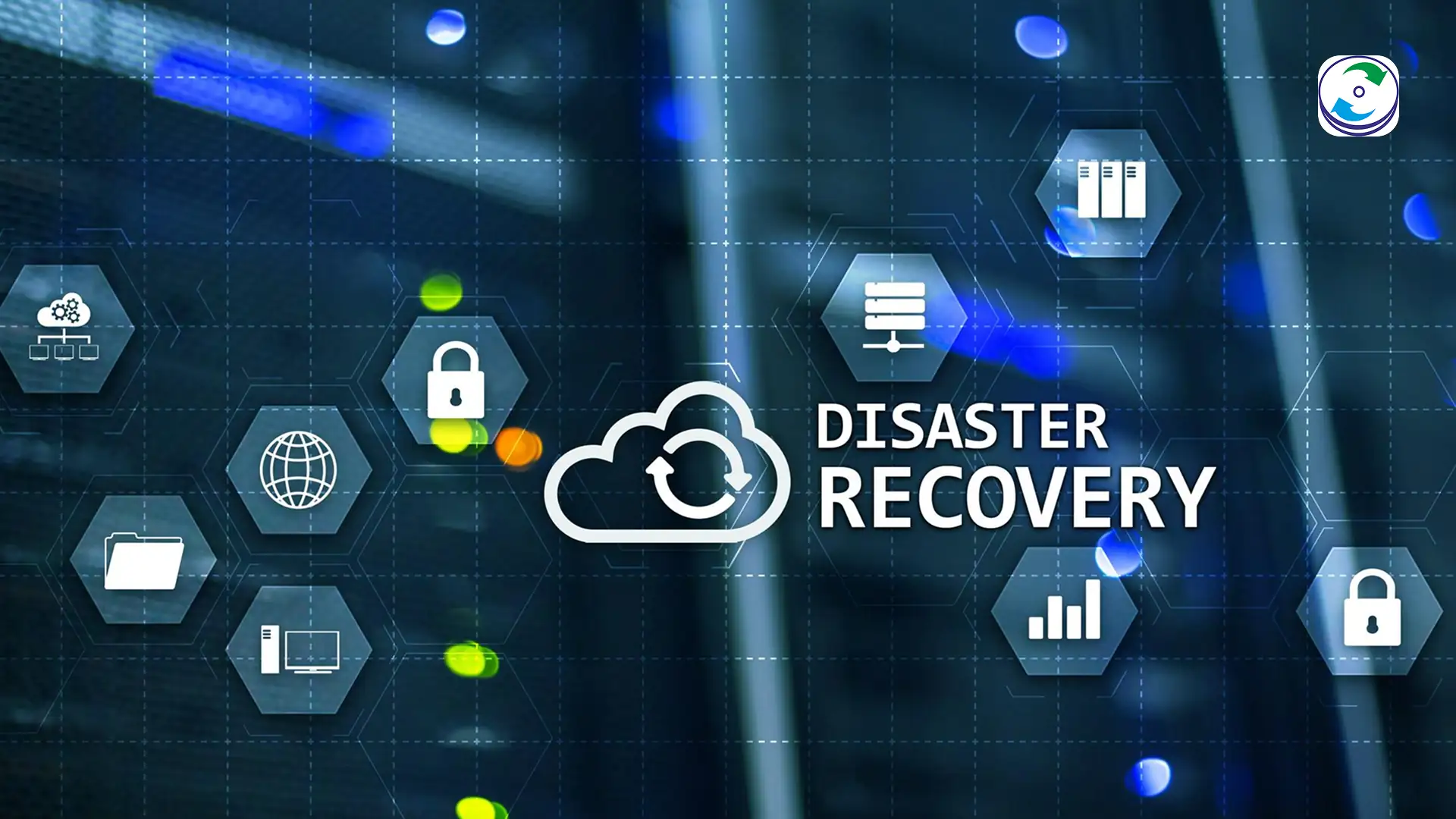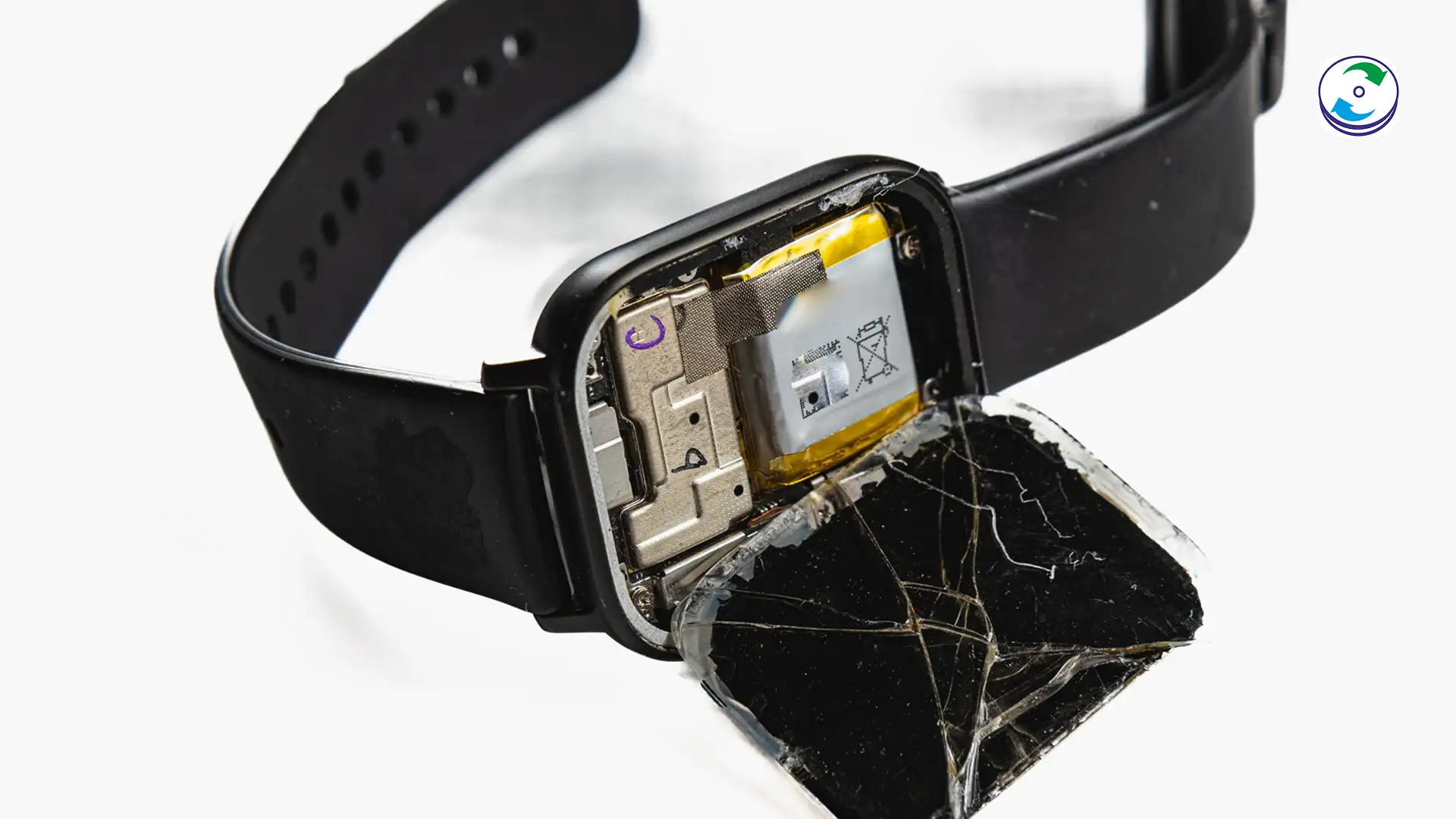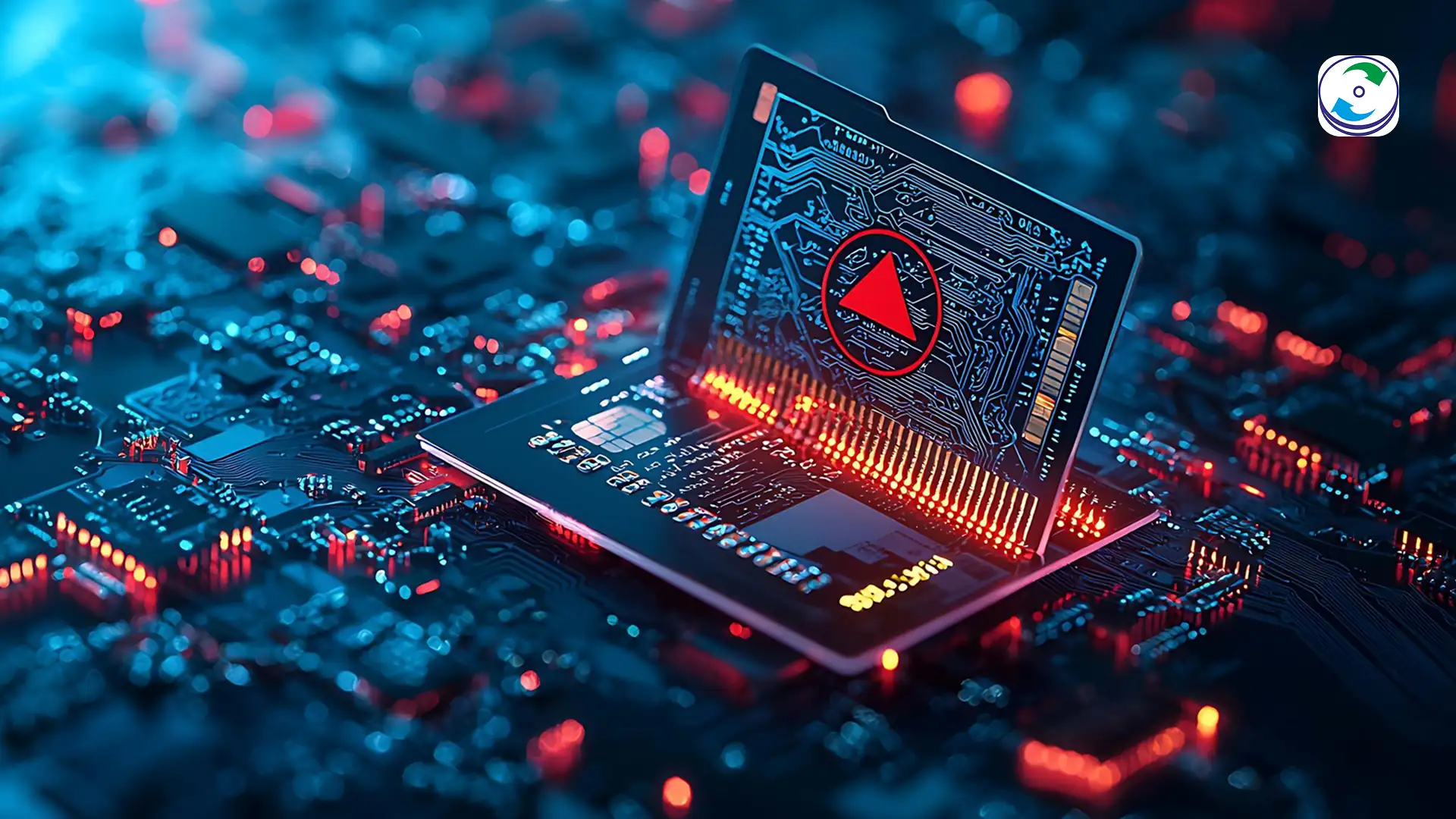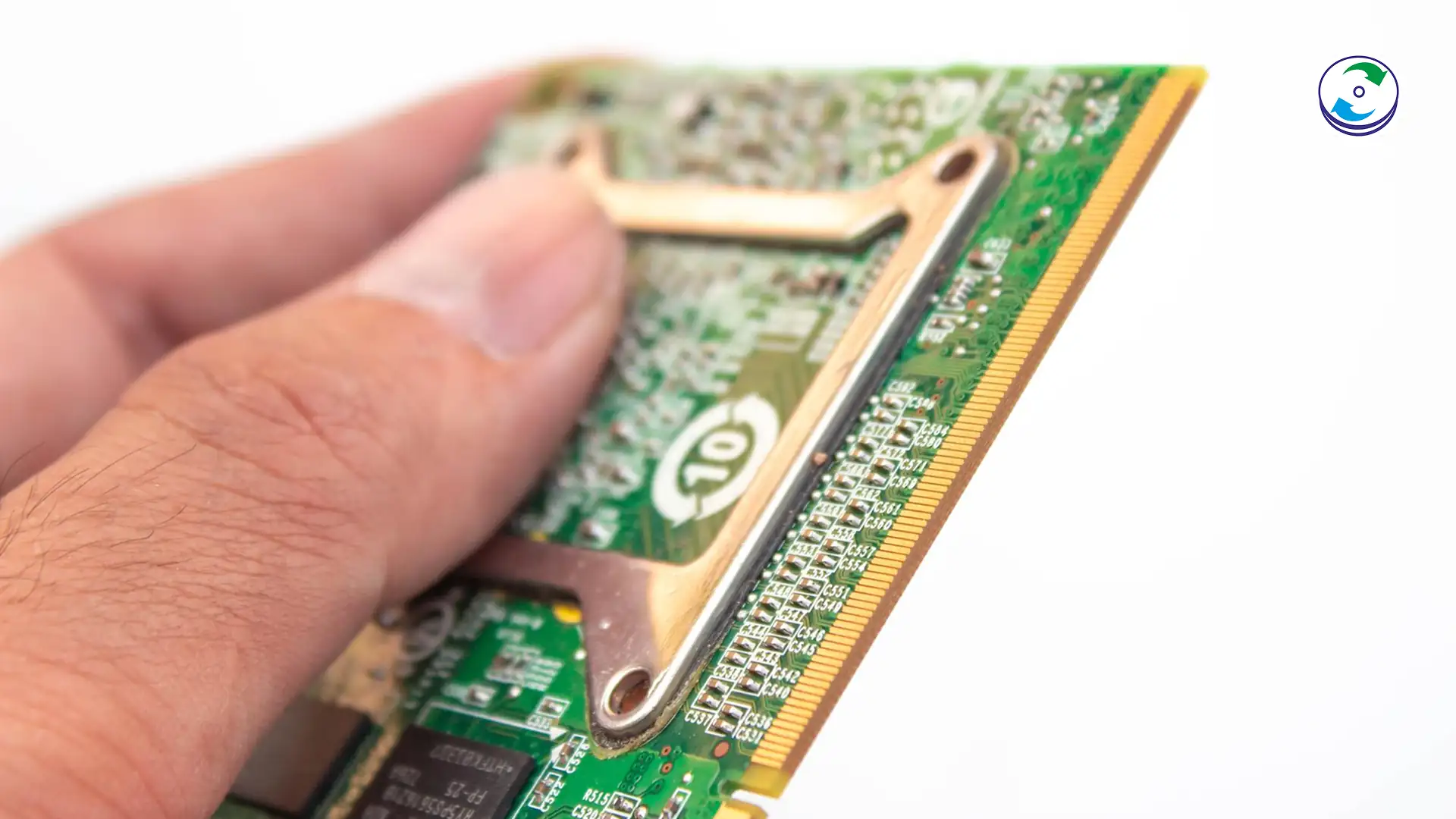Data Destruction and Compliance: Do You Need a Certificate to Prove Your Data is Gone?
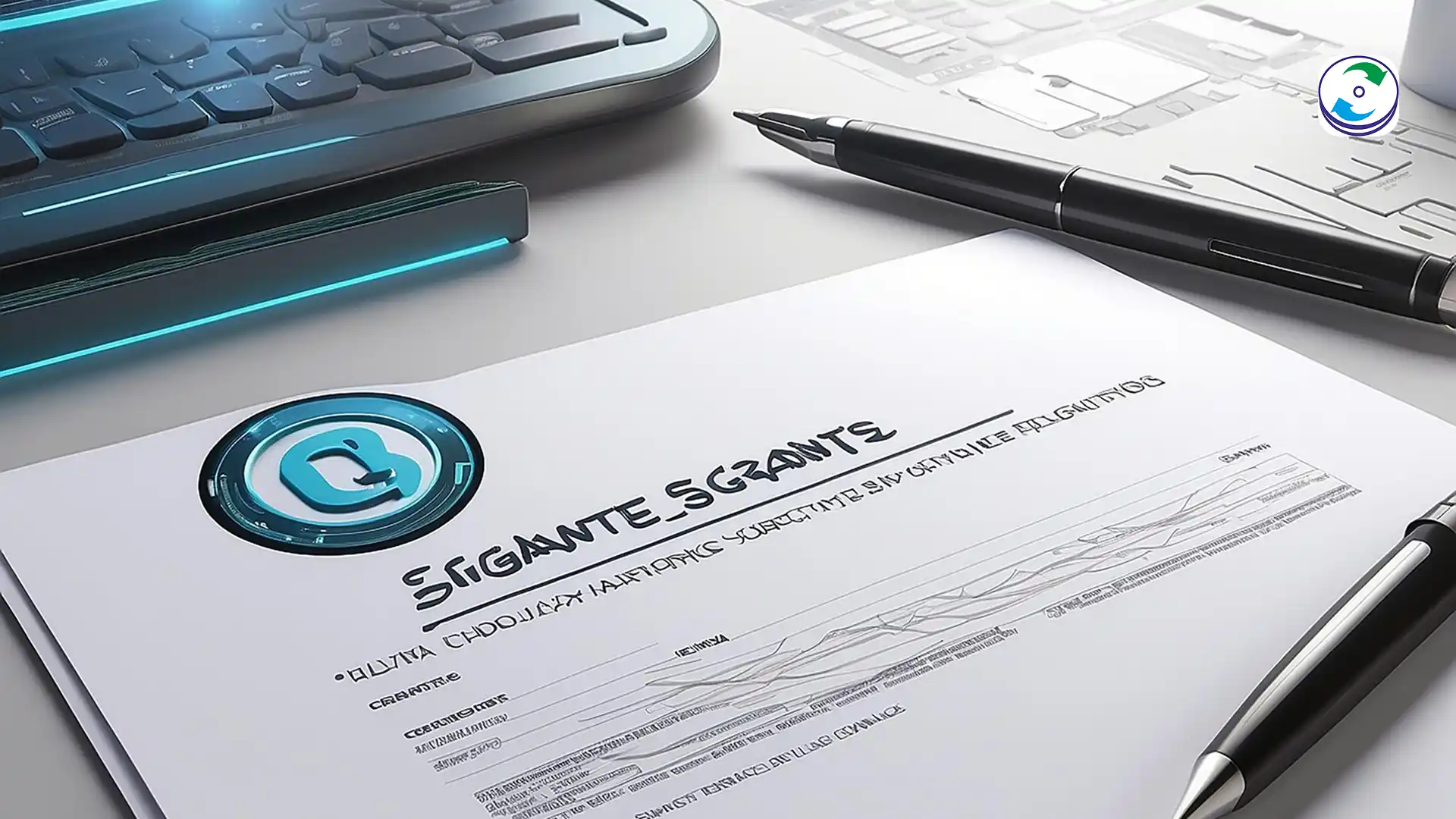
Introduction
In the modern enterprise, the risk of a data breach doesn’t just come from external hackers; it also lurks in the assets you discard. Every decommissioned hard drive, retired server, or outdated backup tape holds sensitive information—from employee records to proprietary client data. When these assets leave your possession, the question isn’t just “Did we delete the files?” but “Can we legally prove the data is gone?”
For IT managers and compliance officers, the answer is a resounding yes, you need proof. Relying on simple deletion is a regulatory liability. The gold standard for verifiable data disposal is the Certificate of Destruction (CoD).
The Myth of Simple Deletion and the Compliance Mandate
Most people believe that deleting a file or formatting a drive erases the data. This is a dangerous myth in the world of data forensics. When you delete a file, you are simply telling the operating system that the space the file occupies is available for new data. The original data remains intact—a concept known as data remanence—and is easily recoverable by basic software.
Major international and national regulations don’t just mandate data protection; they mandate verifiable data disposal.
-
GDPR (Europe): Requires organizations to delete personal data “without undue delay” and to be able to demonstrate compliance (accountability).
-
HIPAA (Healthcare): Requires the final disposition of electronic protected health information (ePHI) to render it indecipherable and unusable.
-
CCPA (California): Grants consumers the right to deletion, placing the burden of proof on the business to verify that data has been permanently removed.
Without a certified process, a company is vulnerable to massive fines and reputational damage if a discarded drive surfaces with readable sensitive data.
The Gold Standard: Certified Data Destruction Methods
There are three primary methods that, when properly executed by a professional, lead to verifiable destruction:
-
Data Wiping/Overwriting (Sanitization): This is the logical method, involving overwriting every sector of the drive multiple times with random data or binary zeros. This is acceptable for drives that will be reused or resold, provided the process adheres to standards like NIST SP 800-88.
-
Degaussing: A magnetic method that exposes the storage media (HDDs and magnetic tapes) to a powerful magnetic field, scrambling the magnetic domains and rendering the data unusable. This method physically destroys the drive’s functionality and is not suitable for reuse.
-
Physical Destruction: This is the absolute final step. For hard drives and SSDs that are not being reused, destruction via shredding, crushing, or disintegration guarantees that the media is physically destroyed and the data is irrecoverable.
The Legal Necessity of a Certificate of Destruction (CoD)
The ultimate deliverable in a compliant asset disposal process is the Certificate of Destruction (CoD). The CoD is more than just a receipt; it is a legally binding document that formally transfers the liability of the data from your organization to the destruction service provider and serves as your irrefutable evidence of compliance.
What a CoD Must Include:
-
Date and Time Stamp: The precise date and time the destruction or sanitization was completed.
-
Witness/Certification: A signature from the authorized representative of the destruction company, confirming the process was executed according to contract and industry standards.
Conclusion: DataCare Labs is Your Compliance Partner
The shift in data stewardship is clear: the responsibility for data security extends to the very end of the media’s life. Attempting to manage media destruction in-house risks human error and leaves you without the legally required documentation.
At DataCare Labs, we provide certified, verifiable data destruction services that eliminate the risk of data remanence. We handle all media—from hard drives and SSDs to backup tapes—and provide a detailed, legally defensible Certificate of Destruction for every asset. Don’t risk regulatory fines or a reputation-shattering data leak. Partner with us to ensure your data is truly gone, guaranteed, and proven.

